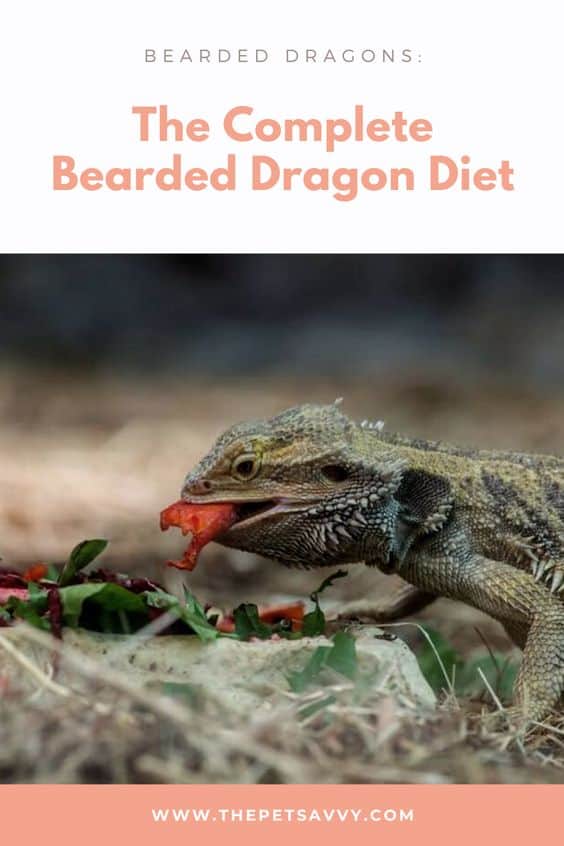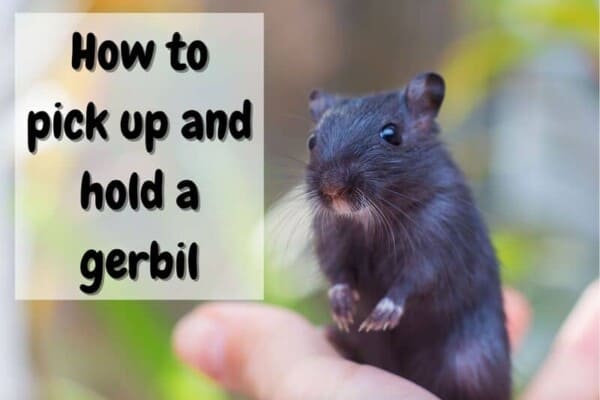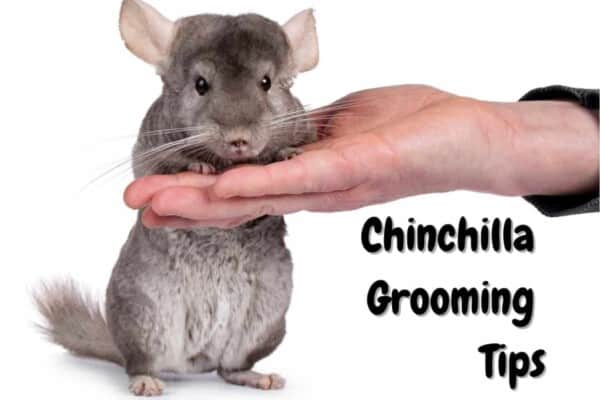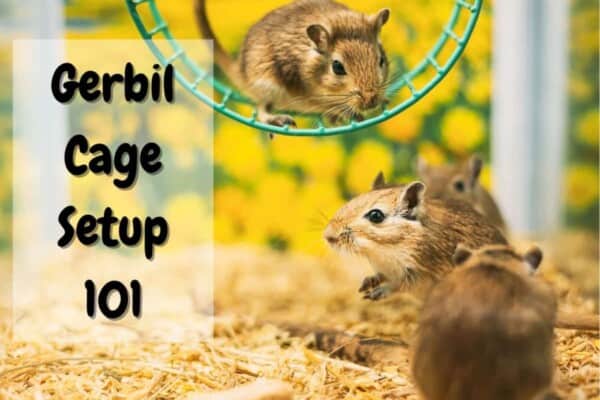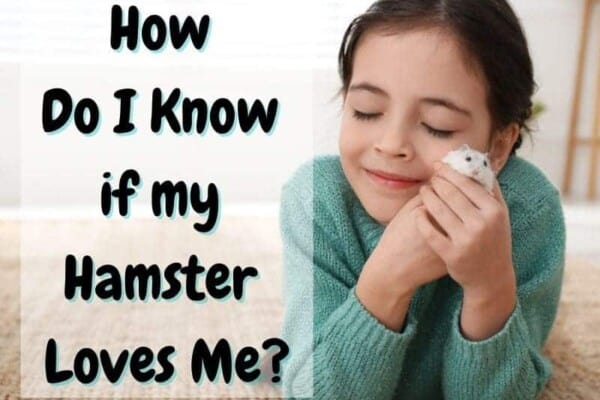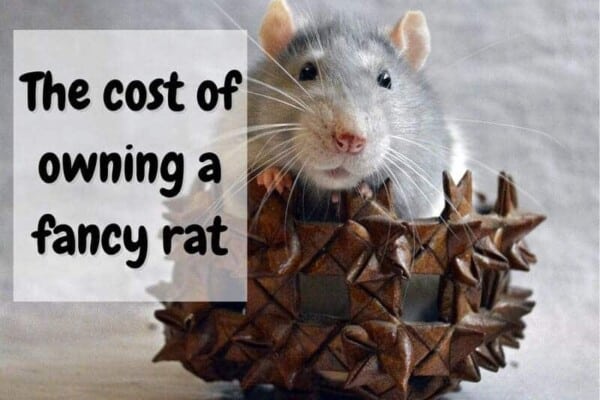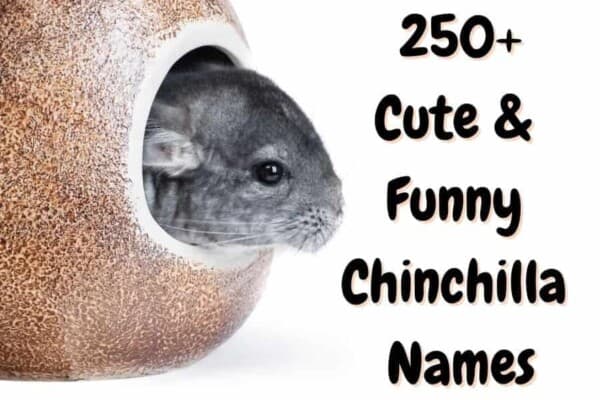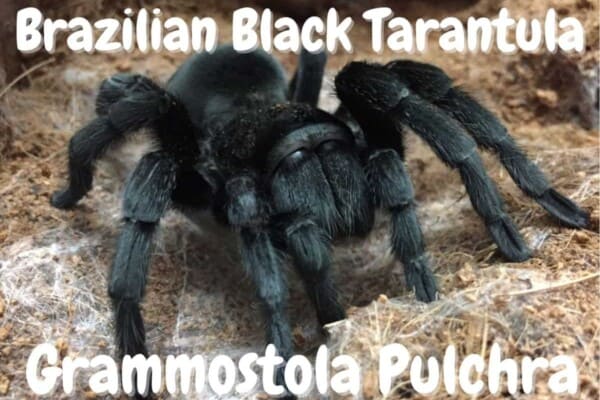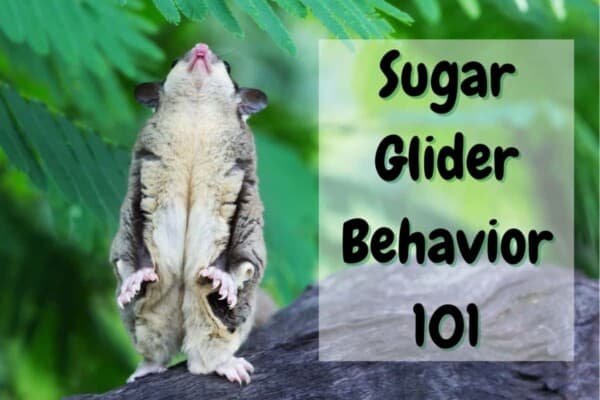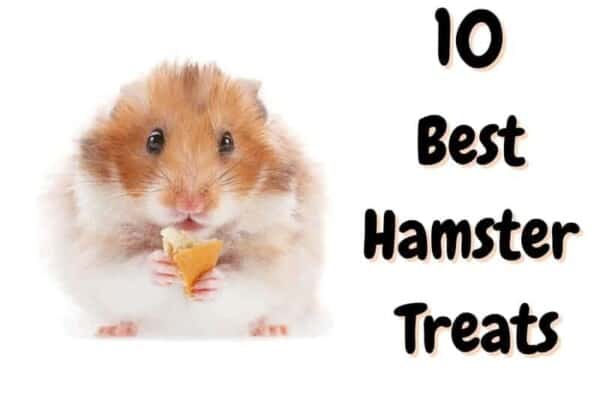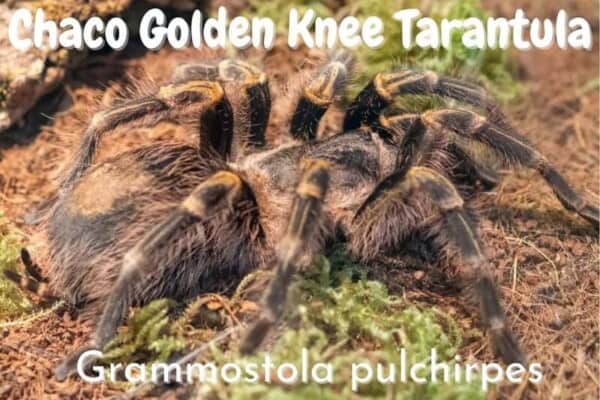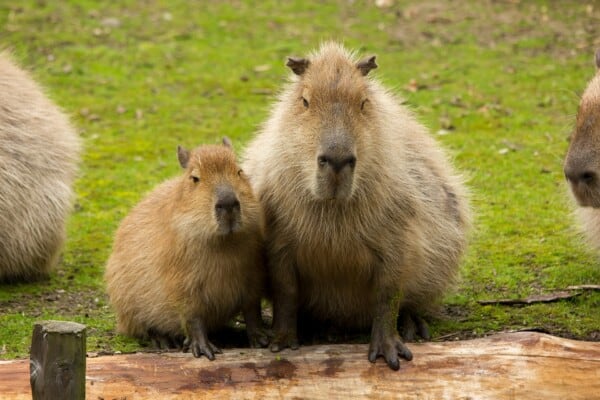Even though it is native to the arid Australian deserts, the bearded dragon has somehow made its way into so many American hearts and homes that it’s practically become a staple pet to have nowadays.
What used to be a dangerous-looking creature is now a loveable goofball that is very curious and attention loving, making it a perfect pet to adopt if you’re a fan of big, needy and unique pets.
While we are extremely happy with how many people have started to adopt bearded dragons though, we do need to address the elephant in the room, and that is the fact that it is a bit of an exotic animal.
This means that you can’t really treat it all the same as you would a random pet. So, if you were hoping to get your hands on one without doing your research first, we have to break the news to you, it’s not a good idea.
Before you can even search up for bearded dragon breeders out there you should first do your homework, because if you don’t you will regret it.
And, while we are on the topic of homework, what is the most important question you can think of whenever you buy a brand new pet that you know nothing about?
Well for us, it’s always going to be the following: What can this animal eat and what should its diet comprise of?
Alternatively, you should also look up whether there are any foods that your bearded dragon shouldn’t eat, so you don’t end up with a classic dog/chocolate scenario on your hands.
With that being said though, we decided to help you out with this homework assignment of yours, as we will go over everything that a bearded dragon needs to eat on a daily basis to grow up to be strong and healthy.
So, let’s not waste any more time and instead hop into the basics:
What Do Bearded Dragons Eat?
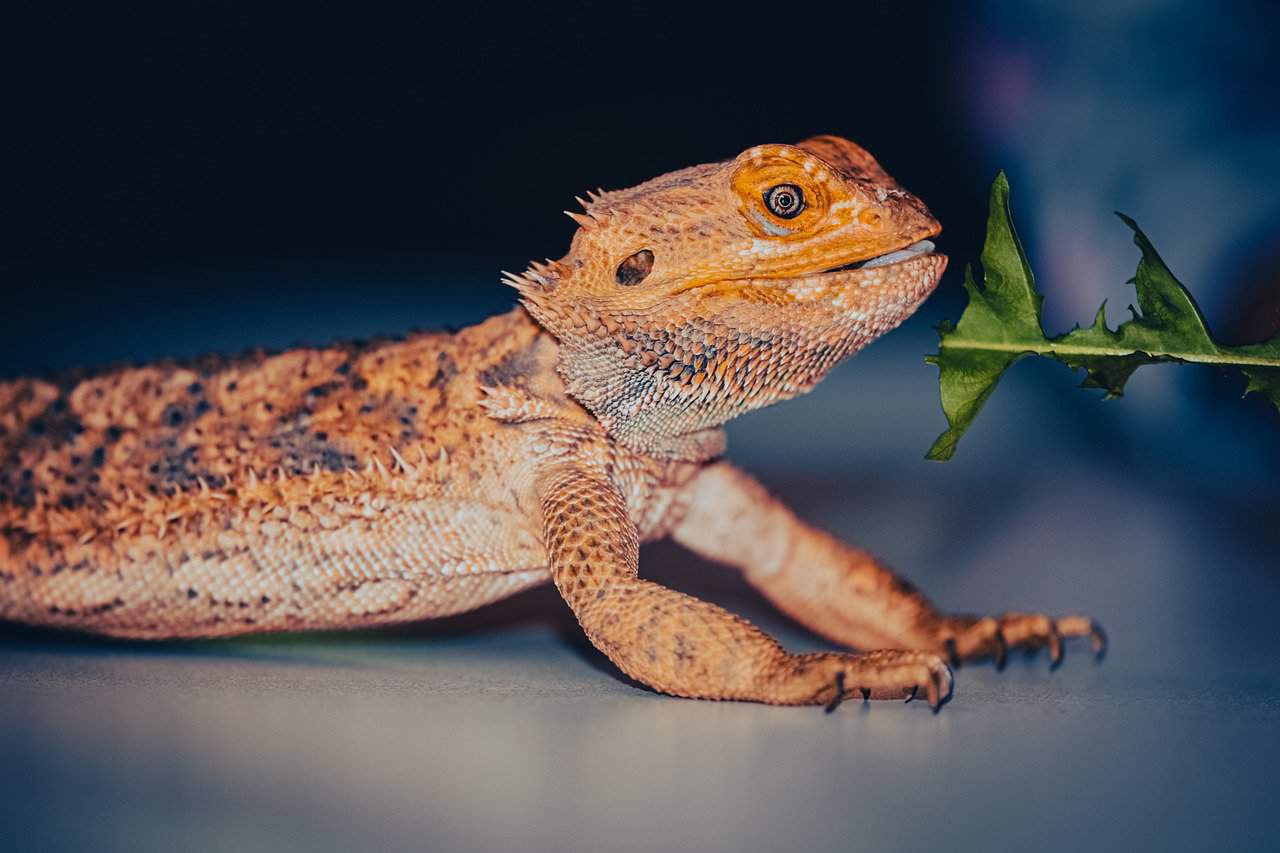
First and foremost, you should know that bearded dragons are omnivores, meaning that they can eat both living things and greenery all the same.
Specifically though, they love a good variety of insects, flowers, fruit, veggies and of course, because they are omnivores, they can also chew down an occasional lizard or rodent at that too.
One key difference between the bearded dragon that you have and the bearded dragon that your Australian relative saw in the wild that one time is that it does not have to work for its food.
This is important to note because wild bearded dragons have to move around a lot to catch their dinner. That implies climbing bushes, running across rocks and even burrowing straight into the ground to catch any unsuspecting victims.
Because of this relatively active lifestyle, they require a lot of food to survive. Most of their diet in the wild is made up of insects, as they have a lot of protein that will keep them going.
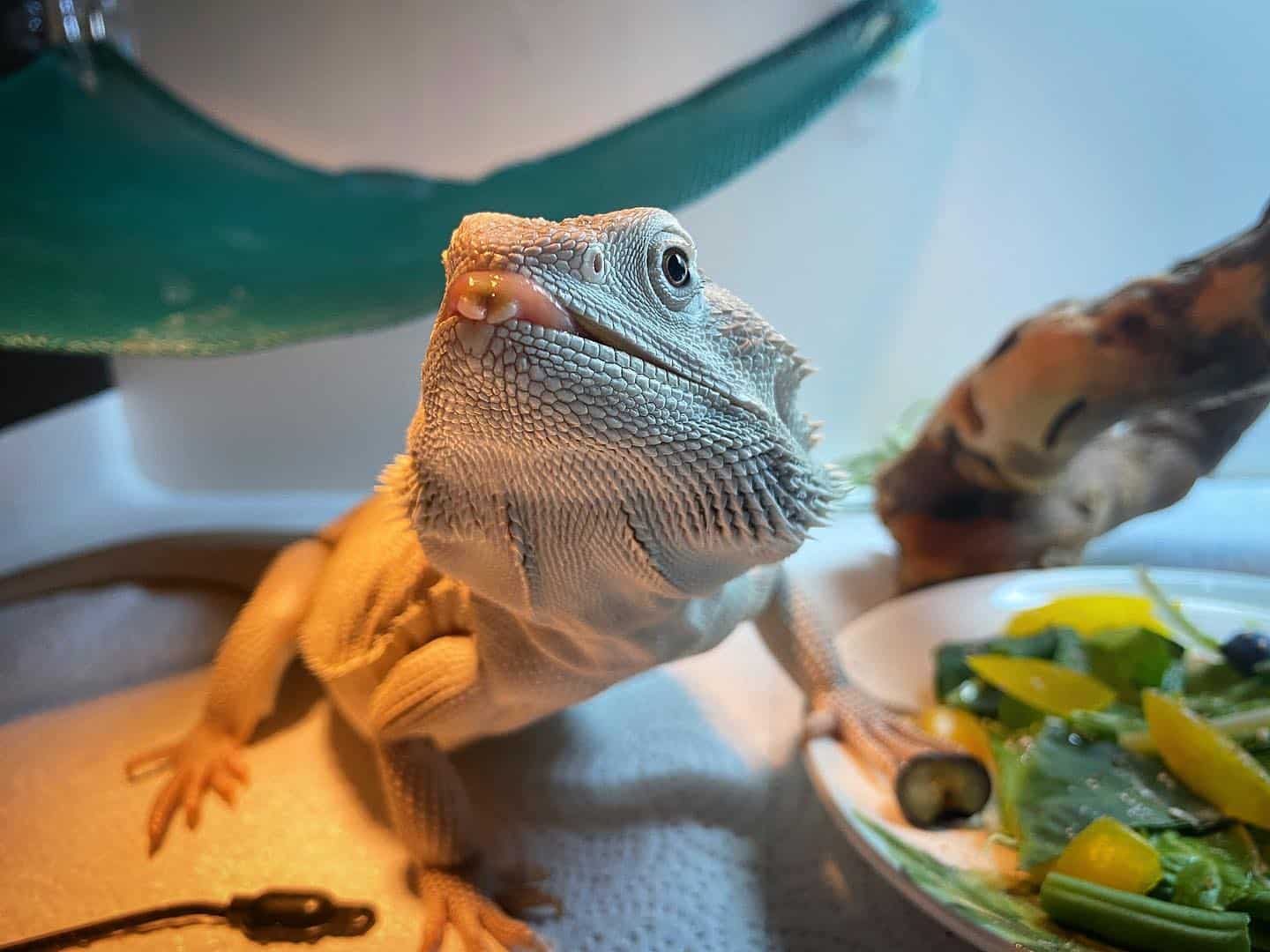
But, your domesticated bearded dragon on the other hand lives a much calmer, more sedentary life. As such, they don’t need as much food to actually live a good life.
On top of that, they also don’t have anywhere near as much space to run around in or obstacles to cross over in order to survive.
This means that they are quite prone for obesity, so you will need to pay extra attention to their diet to make sure that their health is not in jeopardy.
That may sound funny to you, and you may even think that fat bearded dragons are actually really cute, but trust us when we tell you that it’s not that good for the beardy.
They are insatiable monsters when it comes to their own nutrition, in fact, we’ve heard horror stories of bearded dragons escaping out of their confinement and making their way to the food locker.
As soon as they popped in they ate until they passed out and they had to be sent to the vet to make sure that they could survive up until the next day considering the fact that they literally were bedbound for the next couple of days or so.
So, keep all of that in mind before you actually get a bearded dragon, because for as enticing as it may be to just give your bearded dragon everything that they want, you will need to learn to say no every now and then.
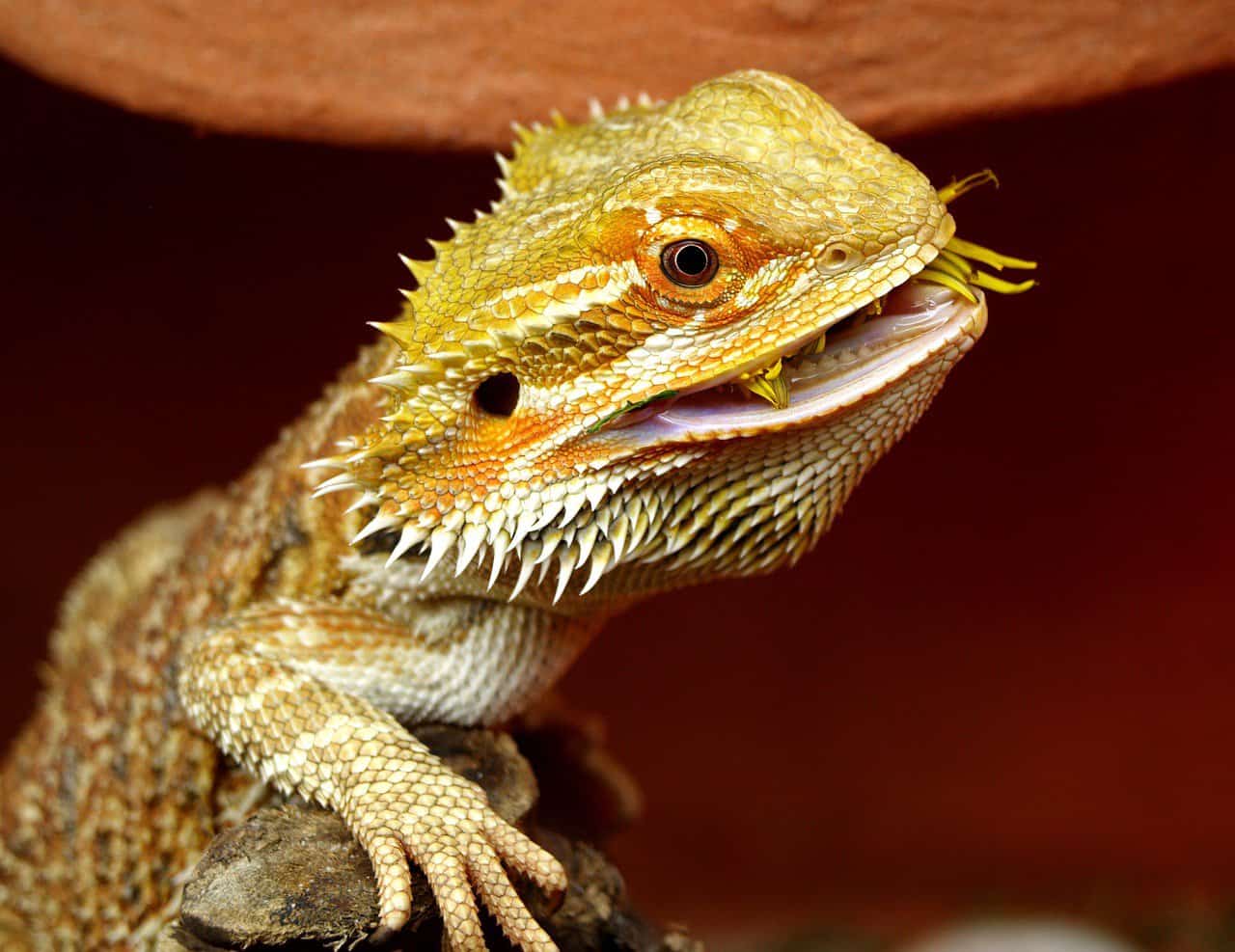
But what percentages should you give your bearded dragon? Well, as mentioned previously, bearded dragons do need a well balanced diet in order to thrive.
This diet consists of a healthy dosage of insects, veggies and fruits, and depending on how old your dragon is, you may want to opt for different scalings.
For example, if you happen to own an adult dragon, then you will need to give it a diet that comprises of 80% plants and 20% insects.
If your dragon is only a juvenile though, you could very well go for a 50/50 split, although you can also try and give it an 80% insects and 20% plants meal plan.
Test the waters a bit and see how your bearded dragon reacts, or better yet, consult your veterinarian before you even get your hands on the dragon in the first place and they’ll tell you exactly what your pet needs.
But regardless, here is what you should aim for when it comes to the best food your bearded dragon could consume:
The Best Bugs for Your Bearded Dragon
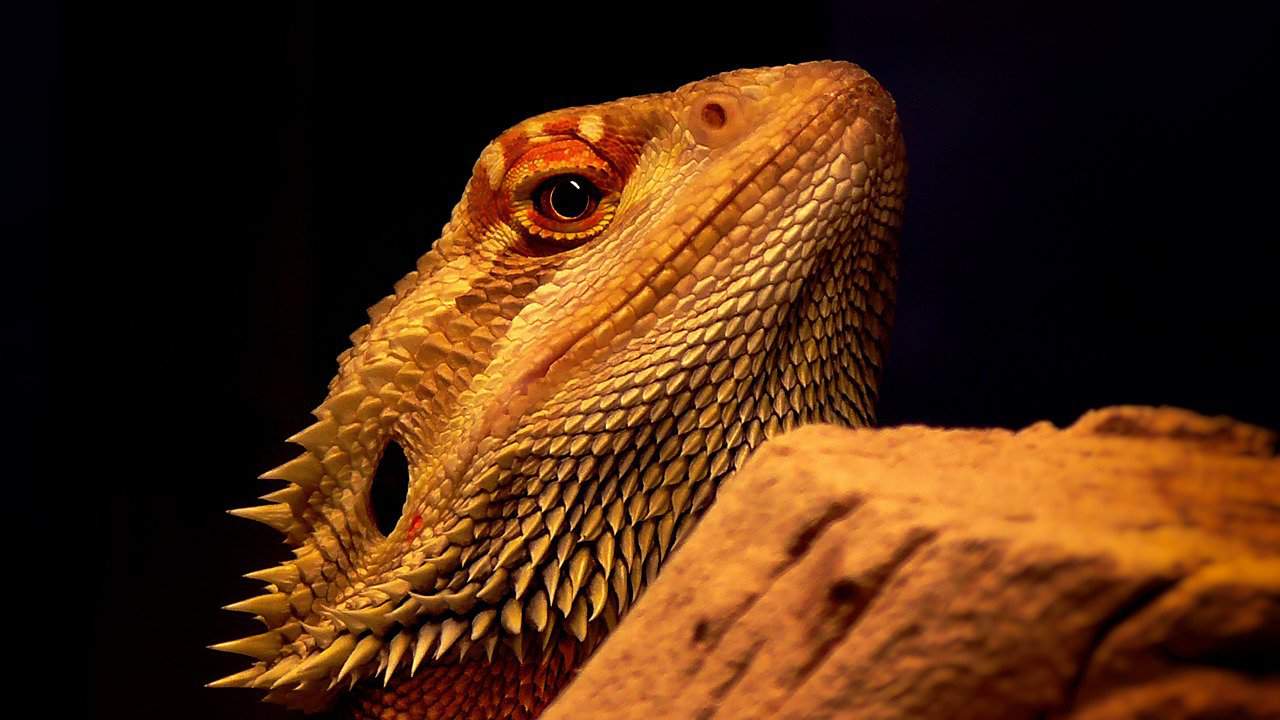
Bearded dragons love bugs, if your bearded dragon could speak then it would write you a serenade over just how much it loves eating live bugs.
On top of that, live bugs will give your bearded dragon a reason to do a bit of cardio, as it will need to chase its prey around to get it.
This is a much needed bonding experience for you two, so make sure to always be around and give your beardie a little pet on the noggin after every bite.
For the most part, pet bearded dragons tend to eat roaches, crickets and worms. So, when you make a diet plan for them, you will need to choose one insect that is a regular or a primary source of protein for your pet.
After you select the main choice, you will need to add in a bunch of supplements as well as other secondary insects that will offer your bearded dragon their additional nutrients.
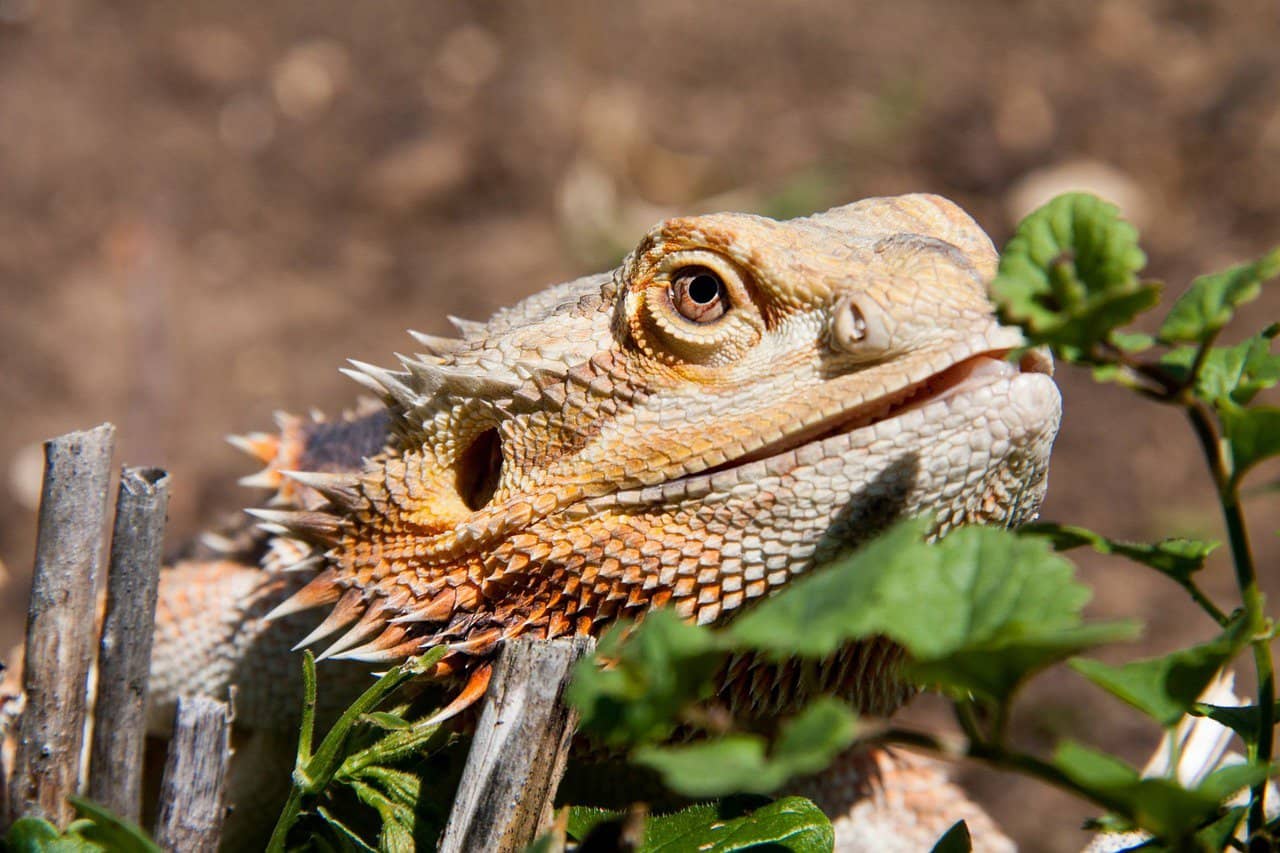
But anyways, these are the main sources of protein that you can choose from right here:
- Crickets – These are always a popular choice since they are so easy to come by, they have a lot of protein and on top of that they also have more than enough calcium to help supplement your bearded dragon’s diet. Do beware though that they are quite fast on their feet so it isn’t unheard of for them to escape. They also make a very irritating noise as they’re being chowed down on.
- Dubia Roaches – This is always a fan favorite choice for bearded dragons because they love roaches, and the Dubia roaches are by far the highest in protein and the most delicious option for them. They are also quite low in fat and they provide the bearded dragon with five times the nutritional value of most other live insects. They are also very easy to hunt and are generally quiet so you won’t need to worry about them waking up the neighbors with their death screeches.
- Butter Worms – They are known for being full of protein and calcium, which makes this a great dietary supplement for your bearded dragon.
- Earthworms – While nowhere near as popular as most other worms out there, they are still jampacked full of calcium and moisture, making them quite a great option to consider. Just keep in mind that you will need to rinse them before they are fed to the beast, because otherwise your dragon will get a lot of nasty stuff stuck in between its teeth.
- Mealworms – This is for the adults only, so make sure to never give your bearded dragon one of these. That’s because mealworms have a hard exoskeleton that mature dragons can make quick work of, but juvenile beardies will not.
- Phoenix Worms – While bearded dragons do love phoenix worms, keep in mind that they are quite small, so if you will use this as the main source of protein for your beardie, things will get very expensive very fast. But if you do decide to go for them you will be happy to hear that they are a great source of protein and calcium.
- Silkworms – While this is one of the best options for your bearded dragon nutritionally speaking, with it containing protein, phosphorous, calcium, potassium and even moisture, it is also quite a stinky option to go for so if you don’t have the stomach for it, maybe skip out on this supplement.
- Wax Worms – Last but not least we have one of the fattiest and most delicious options for your bearded dragon. You should restrict your pet to around five or six wax worms a day only though, as they can get a bit too fatty for them if you overfeed them.
Insects to Avoid
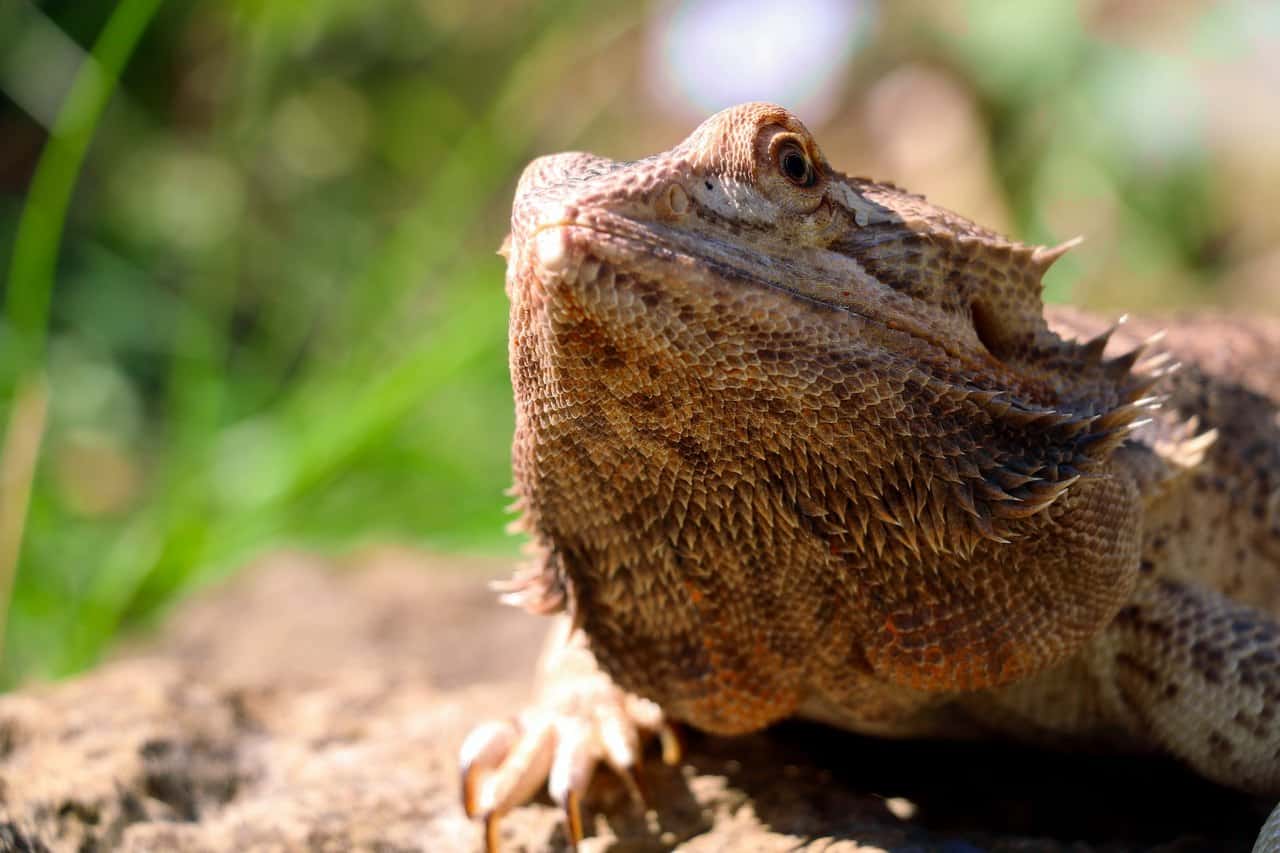
While there are plenty of options for you to go for if you want to customize your bearded dragon’s diet and make it perfect for them, there are also quite a few bugs that you should keep as far away from your pet as possible too.
While not all of these are fatal for your beardie, we strongly urge you that you keep your pet away from them:
- Any insect that you got from your back yard or from a bait shop, as these don’t have the protein nor the calcium that your bearded dragon needs and better yet, they could very well be poisonous too so never try your luck with this.
- Dead insects are also never a good idea as it’s the same as you saying that just because you can eat a medium rare stake that means that you can also eat a rotten cooked piece of chicken breast.
- Elderbugs
- Fireflies or any other insect that glows at night, that glowing effect may be pretty to you but it can be deadly for your bearded dragon.
- Venomous insects should be a bit of a given here, as bearded dragons are not equipped to be able to eat them and survive.
What you should take from this is that you should always purchase the insects from your local pet shop. Anything else will either be a complete gamble for you or it’ll just be downright bad for your bearded dragon’s health.
The Best Vegetables for Your Bearded Dragon
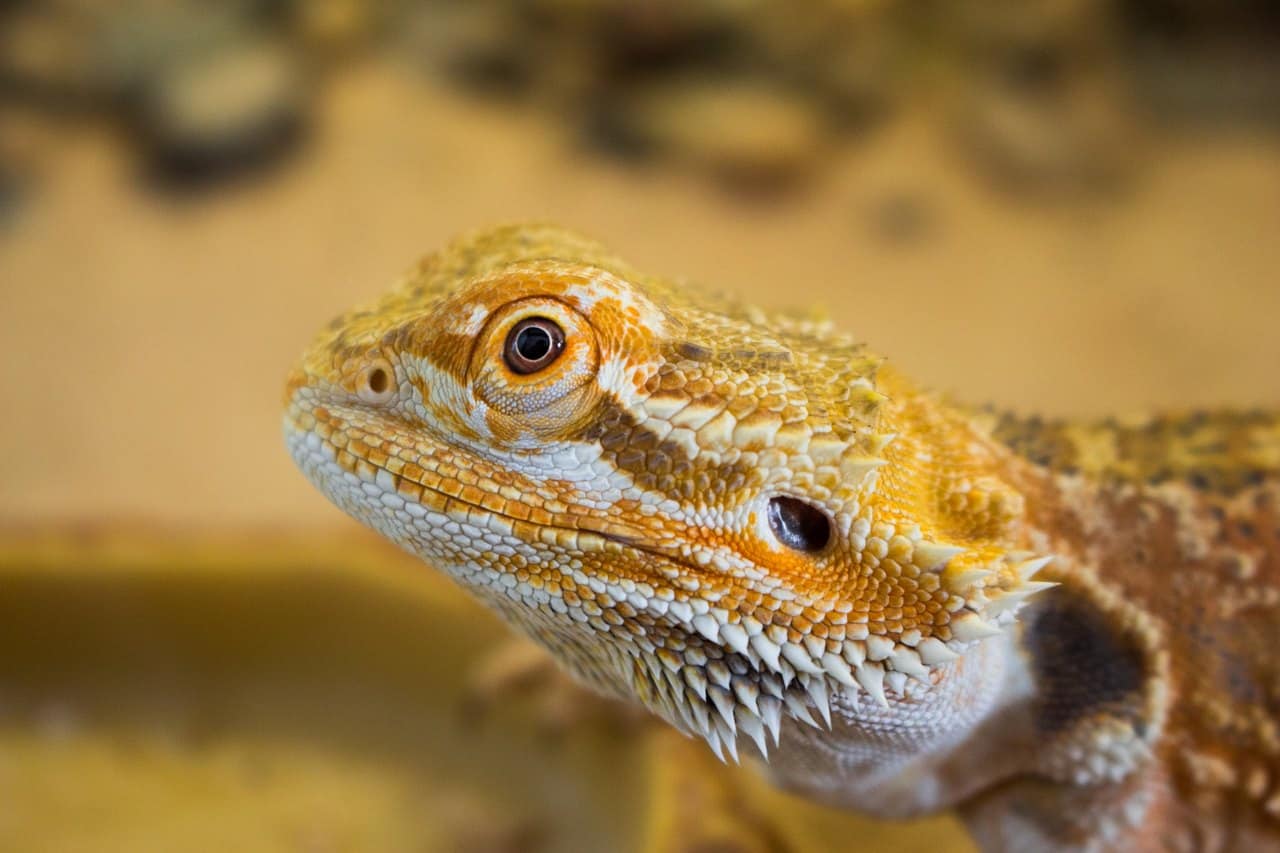
Now, when it comes to the absolute best veggies that your bearded dragon should consume, the list could go on and on forever.
That’s because bearded dragons can easily consume most veggies, with a few exceptions of course, and they’ll be perfectly fine.
Still, we would like to go over the most important ones that we believe that your bearded dragon would appreciate if you would add them to your diet.
So, let’s just start off with the frequent feeding options right here:
- Alfalfa – This can be consumed on a daily basis
- Butternut Squash – Again, a daily basis type of a meal
- Cactus Leaves – also commonly referred to as prickly pears, should definitely be a consumed on a daily basis
- Collard Greens – Daily
- Endive – Daily
- Hibiscus – A few times per week should suffice
- Bell peppers – A few times per week
- Carrots – A few times per week
- Dandelion Leaves – You can always just serve these up to your beardie on a daily basis.
- Green Beans – A few times per week should be good enough.
- Bok Choy – Every other week is probably the best course of action for your beardie.
- Parsnip – A few times a week is definitely going to be good enough.
- Pumpkins – A few times a week if not more, depending on how your bearded dragon reacts to it.
- Yellow Squash – More than a few times per week, our bearded dragon is in love with this stuff.
- Kale – Weekly
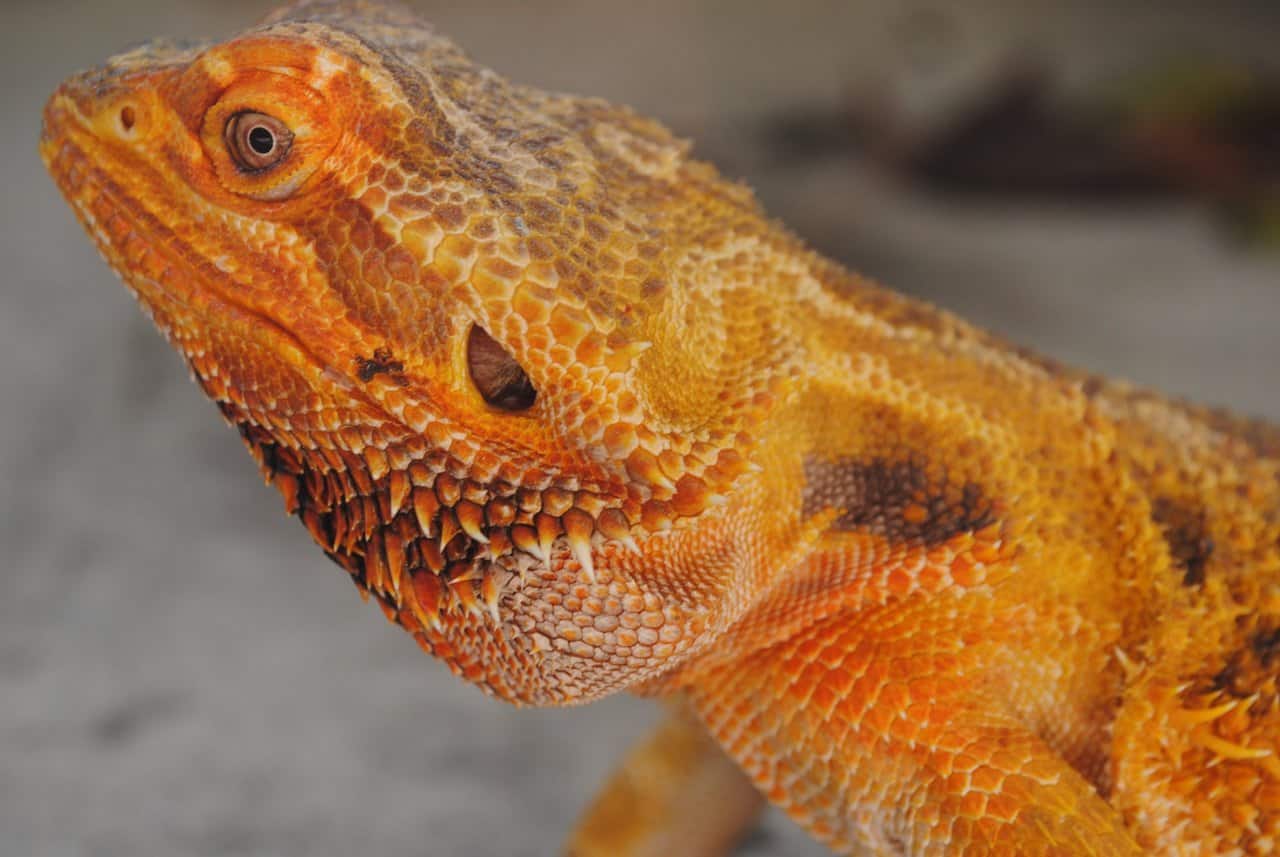
While there are plenty more for you to go for out there, in our honest opinion these are the best options you can go for.
When it comes to occasional treats though, aka the type of snacks you should give your bearded dragon once per month or so, these are the top choices you should consider:
- Broccoli
- Cooked Sweet Potato
- Radishes
- Tomatoes
- Zucchinis
But, whatever you do, you need to make sure that your bearded dragon doesn’t have access to any of the following:
- Avocados – They are too fatty for your bearded dragon
- Beet Greens
- Citrus Fruits – While you can give your bearded dragon a citrussy fruit once every few months or so, it’s best to avoid them altogether because they can upset your beardie’s stomach
- Lettuce
- Mushrooms
- Wild Plants
The Best Fruits for Your Bearded Dragon
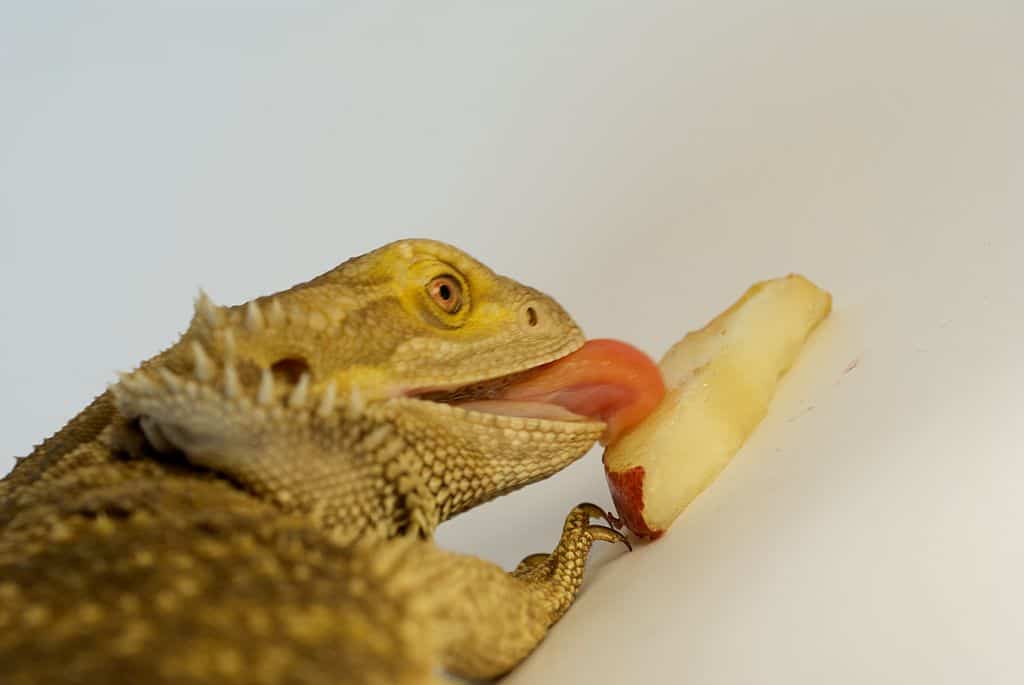
Do keep in mind that while this is a list of the best fruits for your bearded dragon, they should still be a very small part of your beardie’s diet.
In fact, your dragon’s diet should only comprise of 10 to 20% fruit or so, nothing more but in some cases maybe even less than that. Also, make sure to cut them into bite-size pieces before you give them to your dragon.
With that being said though, here are the best fruits for your bearded dragon:
- Apples – You can give them to your beardie on a weekly basis.
- Cherries – You should restrict these to once per month or so.
- Grapes – You can give them to your beardie on a weekly basis.
- Kiwis – Make sure to peel them first, and you can serve them on a monthly basis.
- Bananas – You can either peel them or you can just give them to your bearded dragon as they are once or twice a month or so.
- Mangos – These are great for your bearded dragon, just make sure that you don’t give them more than a few times a week or so to your pet.
- Pineapples – Once per month will suffice
- Watermelons – No more than once per month
- Pears – You will need to peel them entirely, and try to not give them to your bearded dragon too often, in fact, make sure to give them pears very rarely if anything.
- Papayas – A few times per week should more than suffice
- Strawberries – Our bearded dragons absolutely love strawberries, they go crazy or them, so make sure to give them a handful of them once per week or so.
- Guava – Weekly basis
- Cantaloupe – Once every few weeks will be more than enough
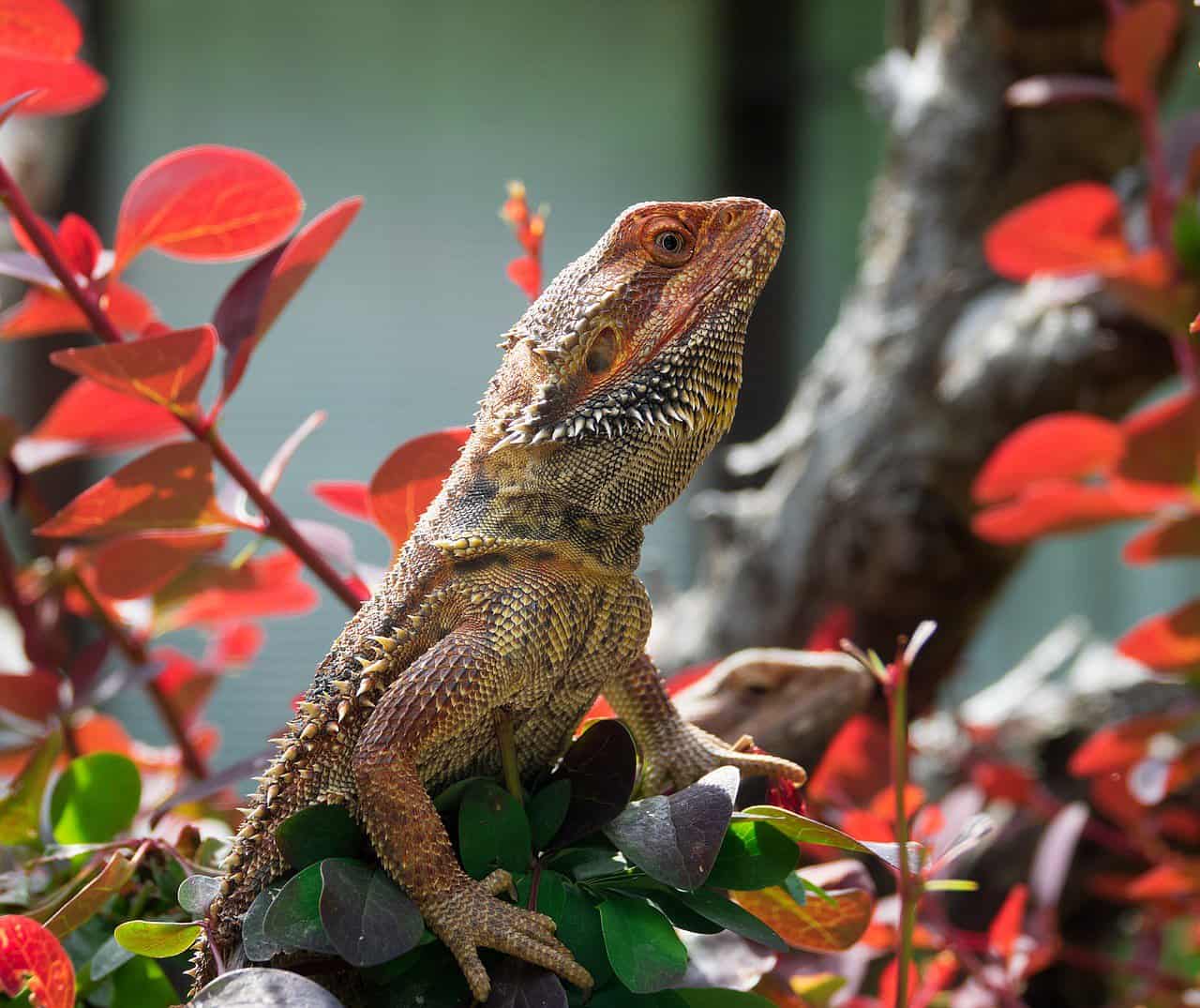
On top of that you can also give your beardie flowers as mentioned previously. Dandelions for example are always welcome, and so are hibiscus, roses, geraniums and nasturtiums.
But by far the most important thing we have yet to mention is the overall hydration that your beardie will need.
While they do tend to get a lot of moisture through their diet alone, you should also make sure that your bearded dragon has more than enough water to go around too.
A water bowl should be enough for the most part, although you may want to also give your bearded dragon big enough of a bowl for them to soak their bodies in during warmer seasons.
Also, while on this topic make sure to remember the fact that beardies are not the cleanest creatures around.
They tend to urinate and poop in their bowl a lot of the time, so you will need to make sure that you change their water on a daily basis.
You can also spray a mist of water in your beardie’s cage at least once per day as that will keep your pet well hydrated.
Conclusion
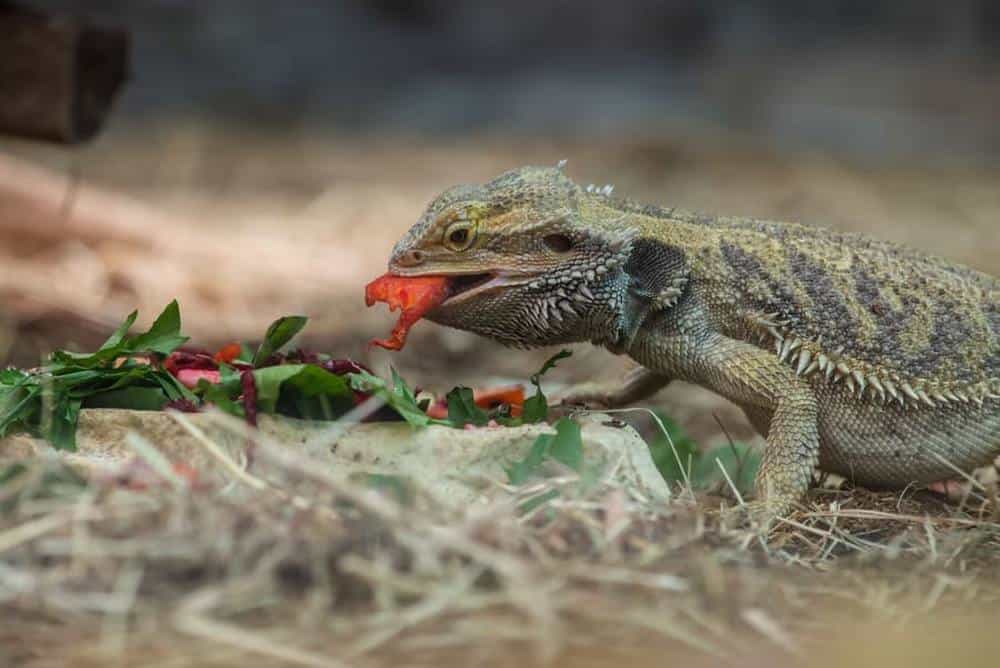
Well, there you have it, that’s all you need to know about your bearded dragon’s diet. Besides these, you may also want to consider going for supplements though.
If so, you should especially be on the lookout for calcium, vitamin D3 and multivitamins as they will help your pet grow and more importantly they will keep your beardie healthy.

